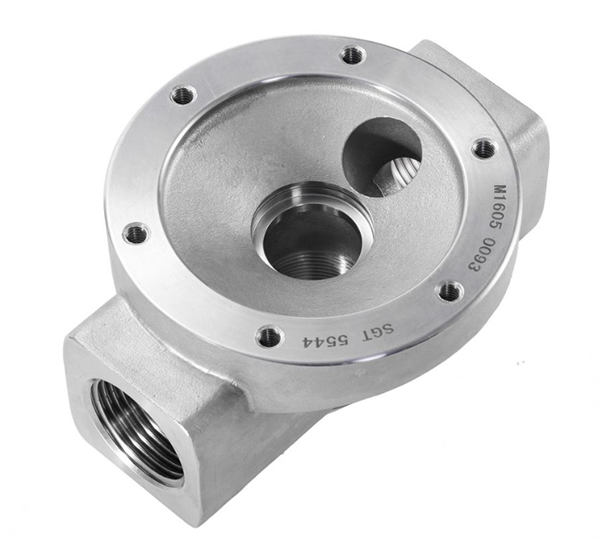Ever wondered how the intricate parts of automobiles like the solenoid valves, flywheel, and other parts are made? How about the small toy cars like Hot Wheels your kids love and massive machine parts? They all have one thing in common. They are produced through die casting.
Die casting is a manufacturing process that makes use of tool dies to manufacture metal parts that are difficult to make using other manufacturing techniques. It uses molten alloy or a metal injected into a die at very high pressure.
The Die Casting Process
The die casting process uses two components that are characteristic of the casting process: mold and heat. It employs a reusable steel mold that is preheated and coated with a die release agent. This reagent’s role is to lubricate and protect the mold before using it. Using the injection method, the molten metal is injected into the dies at a controlled quantity. The process also uses high pressure to spread out the material in the cast evenly.
The high pressure contributes to the characteristic dense and fine-grained surface that most parts from die casting have. It also gives the parts the sturdiness and the fatigue strength it needs.
After curing the part, it is then removed from the cast, and the process will repeat to fulfill the required quantity. What is important is for the die to cool before repeating the process.
The criteria for choosing the alloy of metal in die casting will depend on the mechanical and physical characteristics of the part. Some of the metals commonly used in the process are aluminum, and alloys like zinc, brass, and magnesium.

High quality precision die casting zinc alloy parts*
Benefits of Using Die Casting
Die casting method is perfect for metal casted parts as compared to other processes. Here are some of its advantages:
1. It is applicable for mass production
The dies in this process can be fabricated with complex geometries and be made into reusable die-casting molds. With this mold, the process is highly repeatable and is capable of producing thousands of parts that are perfectly identical. It is also possible for mass production because it is convenient and does not require heavy machining.
2. Parts are durable, stable, and accurate
The molds used in vacuum casting are extremely durable because it should be able to withstand the high-pressure injections. It should also be heat-resistant and stable to maintain the close tolerances required by the part.
3. Parts produced are lightweight and strong
Diecasts, even those with thin walls are stronger than their plastic counterparts of the same dimensions and measurements. It’s because diecasts are one full piece and not made of assembled parts. The part relies on the strength of the alloy material and not on the parts that are joined together.
4. Diecasts can have different thinness and texture
The process can accommodate designs of any shapes and finishes because the molds can have a variety of surface finishes, textured or smooth, depending on the requirements. It can also have thinner walls and remain sturdy.
5. Assembly is straightforward
With the die casting method, it can incorporate fastening components on the parts like studs and bosses. It makes the whole process more economical. Because no machining is needed, it has lower finishing costs, which contributes to overall savings.
Die casting benefits many industries. With innovations in the die-casting process, the conventional method is still useful even today.
Reference
*Image from https://www.diecastingpartsupplier.com/
